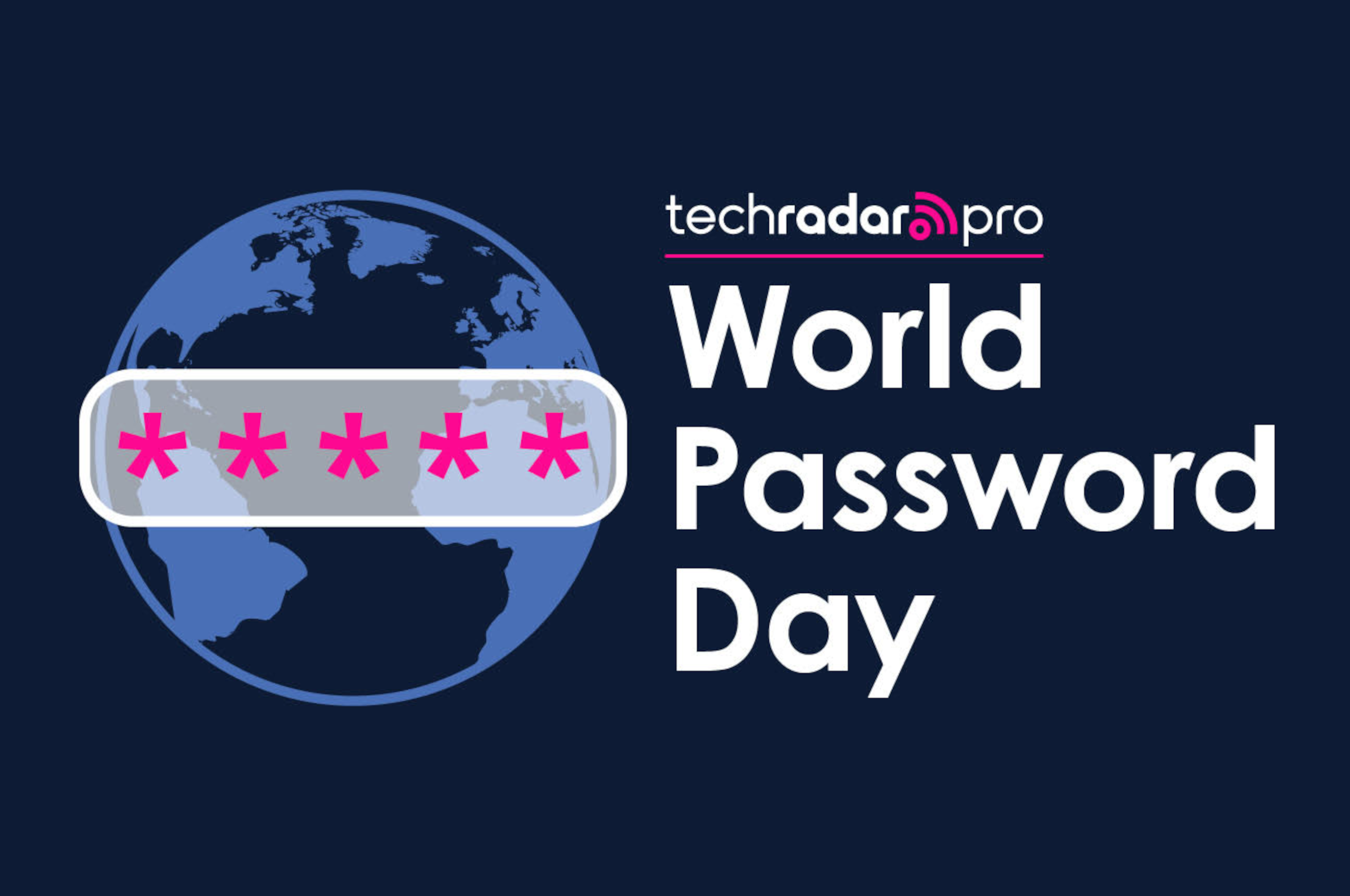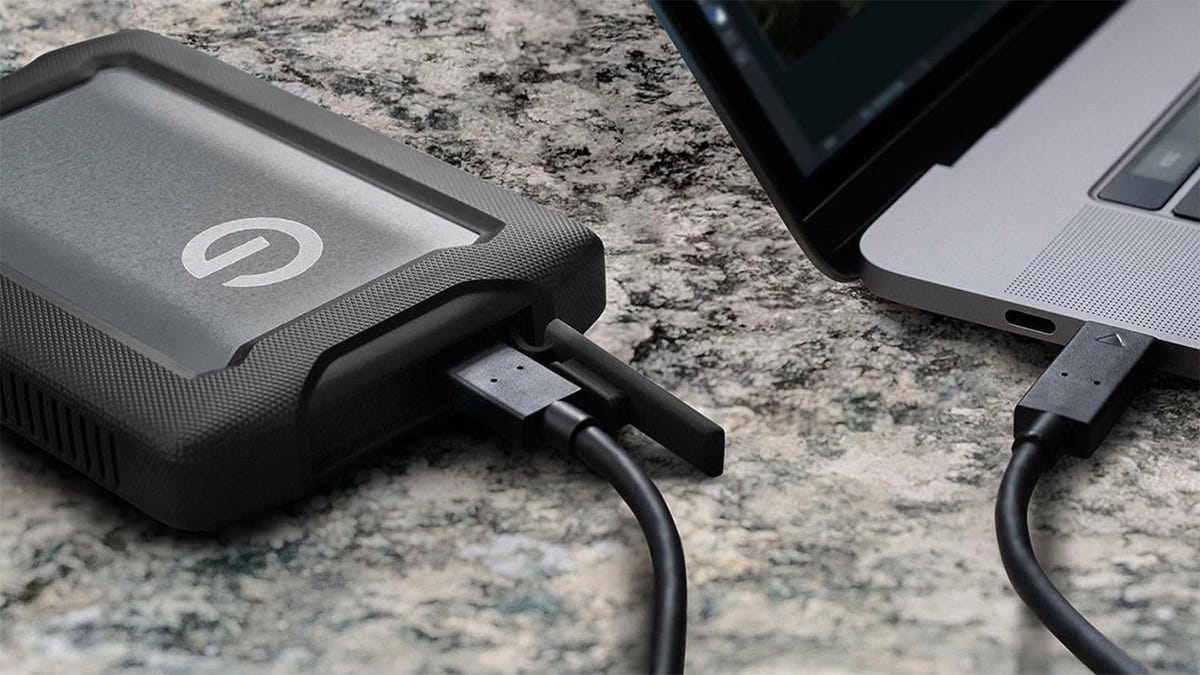How CISOs Can Successfully Lead Security Transformation in Hybrid Work Environments
As organizations increasingly adopt hybrid work models, Chief Information Security Officers (CISOs) face new and complex challenges. The traditional boundaries of enterprise security have dissolved, and sensitive data now flows across home offices, cloud platforms, and corporate networks. This shift has forced CISOs to rethink their approach, beyond simply defending a fixed perimeter to orchestrating […] The post How CISOs Can Successfully Lead Security Transformation in Hybrid Work Environments appeared first on Cyber Security News.

As organizations increasingly adopt hybrid work models, Chief Information Security Officers (CISOs) face new and complex challenges.
The traditional boundaries of enterprise security have dissolved, and sensitive data now flows across home offices, cloud platforms, and corporate networks.
This shift has forced CISOs to rethink their approach, beyond simply defending a fixed perimeter to orchestrating security across a dynamic, distributed environment.
The modern CISO must deploy effective technical controls and lead cultural and strategic change, ensuring that security becomes an enabler of productivity and innovation rather than an obstacle.
Navigating this transformation demands a blend of technical expertise, business acumen, and leadership skills that can bridge the gap between risk management and operational agility.
The Expanding Role of the CISO
Today’s CISOs are no longer just technical experts; they are business leaders who must communicate the value of security in terms that resonate with the entire organization.
The hybrid work model has clarified that security is not just an IT issue but a fundamental business concern that impacts reputation, productivity, and competitiveness.
Successful CISOs can engage with executive leadership, articulate the business impact of cyber risks, and align security initiatives with organizational goals.
They must foster collaboration across departments, break down silos, and create a shared sense of responsibility for security.
This means understanding different teams’ workflows, challenges, and motivations, and designing security policies that support rather than hinder their objectives.
By positioning security as a business enabler, CISOs can gain buy-in from stakeholders and drive meaningful, lasting change across the enterprise.
Key Strategies for Securing Hybrid Work
Securing a hybrid environment requires a comprehensive, adaptive approach addressing technology and human factors. CISOs should focus on the following strategies:
- Implement Zero Trust Architecture: Adopt a zero trust model that verifies every user and device, regardless of location, before granting access to resources.
- Strengthen Identity and Access Management: Use multi-factor authentication, role-based access controls, and continuous monitoring to ensure only authorized users can access sensitive data.
- Enhance Endpoint Security: Deploy advanced endpoint protection and monitoring tools to safeguard devices used outside the corporate network.
- Develop Tailored Incident Response Plans: Create and regularly test incident response procedures for remote and hybrid work scenarios.
- Promote Security Awareness Training: Deliver ongoing, context-specific training to help employees recognize and respond to evolving threats in a hybrid environment.
These strategies must be integrated into a cohesive security framework that supports flexible work while maintaining robust protection.
CISOs should also prioritize visibility across all endpoints and networks, leveraging analytics and automation to quickly detect and respond to threats.
Organizations can empower employees to work securely from anywhere by balancing strong security controls with user-friendly solutions.
Building a Security-First Culture in Distributed Teams
Fostering a resilient security culture is perhaps the most critical and challenging aspect of leading security transformation in hybrid work environments.
Technical controls alone are not enough; CISOs must inspire a shared commitment to security that permeates every level of the organization.
This begins with clear, consistent communication about the importance of security and each employee’s role in protecting the organization’s assets.
Regular, engaging training sessions should go beyond mere compliance, focusing on real-world scenarios and practical steps employees can take to safeguard information at home and in the office.
CISOs should also encourage open dialogue about security concerns, making it easy for employees to report suspicious activity or ask questions without fear of reprisal.
Recognizing and rewarding good security behavior helps reinforce positive habits and demonstrates leadership’s commitment to a security-first mindset.
Additionally, CISOs must work closely with HR, IT, and business leaders to integrate security considerations into every aspect of the employee lifecycle, from onboarding to offboarding, ensuring that security remains top of mind as roles and work arrangements evolve.
- Empower employees to take ownership of security by providing clear guidelines, resources, and support tailored to hybrid work realities.
- Lead by example, demonstrating transparency and accountability in how security decisions are made and communicated across the organization.
Ultimately, the CISO’s ability to lead security transformation in a hybrid world hinges on their capacity to unite people, processes, and technology behind a common purpose.
By building trust, fostering collaboration, and embedding security into daily work, CISOs can create an environment where security is a requirement and a shared value that drives organizational success.
Find this News Interesting! Follow us on Google News, LinkedIn, & X to Get Instant Updates!
The post How CISOs Can Successfully Lead Security Transformation in Hybrid Work Environments appeared first on Cyber Security News.





































































































































































![[The AI Show Episode 145]: OpenAI Releases o3 and o4-mini, AI Is Causing “Quiet Layoffs,” Executive Order on Youth AI Education & GPT-4o’s Controversial Update](https://www.marketingaiinstitute.com/hubfs/ep%20145%20cover.png)
















































































































































































.jpg?#)


































































































.webp?#)













































































































![Apple Reports Q2 FY25 Earnings: $95.4 Billion in Revenue, $24.8 Billion in Net Income [Chart]](https://www.iclarified.com/images/news/97188/97188/97188-640.jpg)




































































































